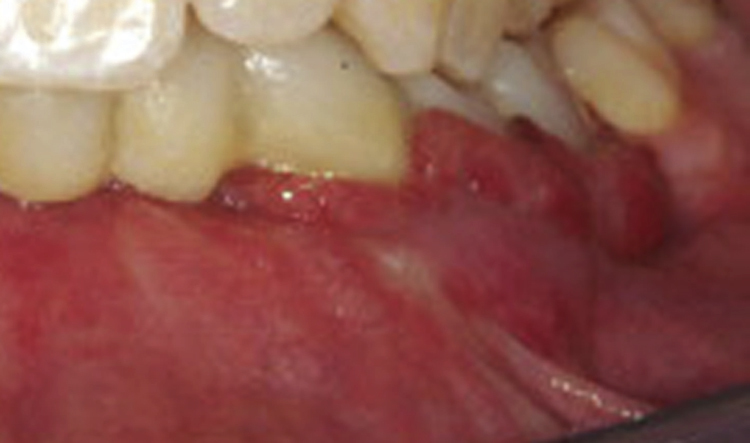gingival hyperplasia, an increase in the number of cells of the gum tissues, resulting in an overgrowth that may partially or totally cover the teeth; may be generalized or localized. Causes include hereditary and metabolic disorders, or drugs such as: the anticonvulsants phenytoin and carbamazepine; cyclosporine, a potent immunosuppressant used for organ transplant recipients; calcium channel blockers, such as nifedipine and amlodipine, used for the treatment of hypertension; the antibiotic erythromycin; and oral contraceptives. While the cause is considered to be multifactorial, the presence of gingival inflammation due to poor oral hygiene can contribute to the development. The presence of malpositioned teeth or orthodontic bands can exaggerate the condition. Treatment includes surgical excision of the enlarged tissue, followed by meticulous oral hygiene. Compare fibromatosis.

